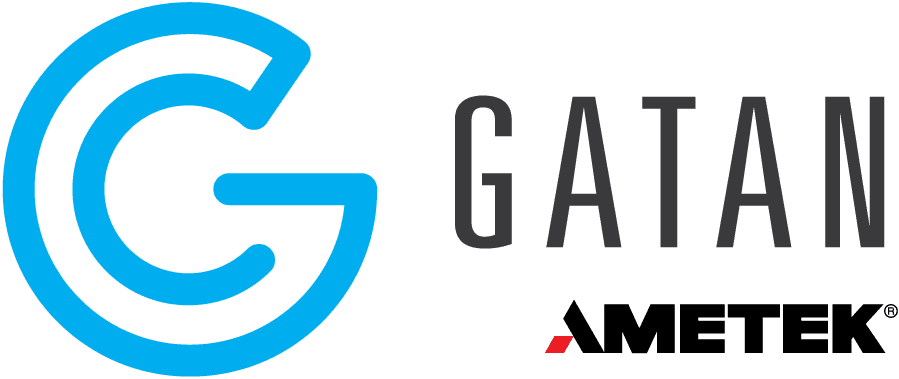Metro® series – The cutting-edge counting cameras for groundbreaking imaging, diffraction, and in-situ studies. By enabling counting capabilities, imaging your most sensitive samples and performing low-dose studies is now within reach. This not only enhances results but allows you to push the boundaries of what is possible for 2D materials, batteries, catalysts, nanotubes, polymers, and organic/biological materials.
- Enables lower dose rates and detection of smaller signals on your existing TEM:
- 120 – 300 kV (Metro 300, model 1133)
- 60 – 200 kV (Metro, model 1130)
- Images the most beam-sensitive specimens
- Captures fine details, even at the lowest dose rates
- Allows you to see higher-quality diffraction patterns with virtually no background
- Stores in-situ, 2k video at ≤41 fps (Metro) and ≤50 fps (Metro 300)
- Acquires images with the simple but powerful DigitalMicrograph® interface that you are familiar with from the OneView® IS camera
- With one click, corrects for drift with automatic sub-frame alignment during image capture
Models 1130, 1133
Datasheet

Atomic resolution imaging of hexagonal water ice

Enhancing MicroED/3DED analysis with direct detection electron counting cameras

Capturing high-quality electron-counted diffraction at low dose with the Metro camera

Imaging extremely beam-sensitive materials with Metro

Acquiring counted electron diffraction data without a beam stop with Gatan electron counting direct detectors

Monitoring and quantification of beam damage via low-dose continuous imaging

Imaging 2D materials at low kV with Metro

Acquiring counted 4D STEM with the Metro camera
Acknowledgment
Continuing our prosperous collaborations that built the K2® and K3, Metro is the successful result of Peter Denes' team at Lawrence Berkeley National Laboratory and David Agard.







